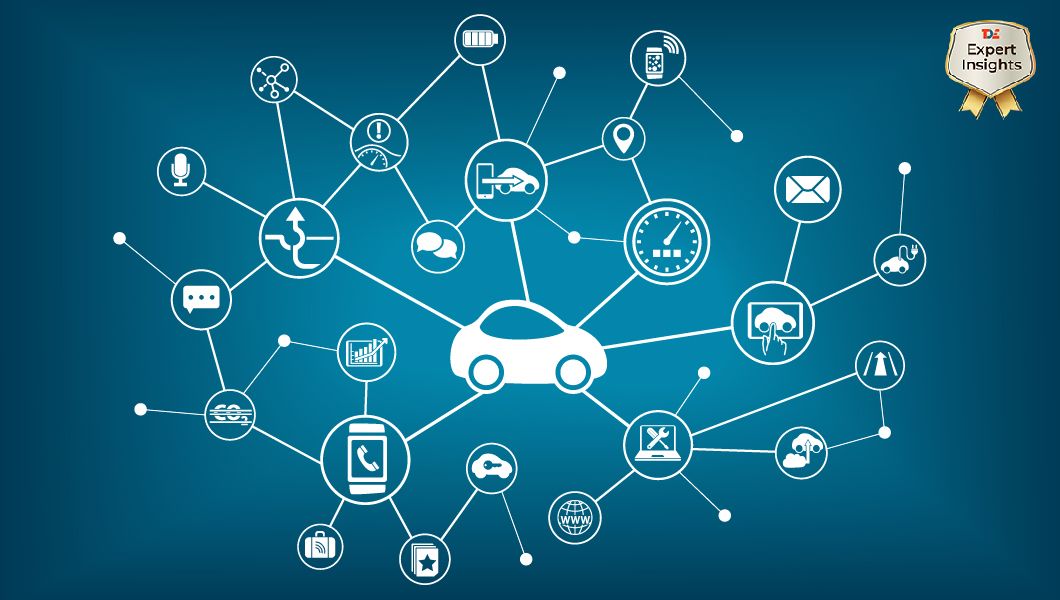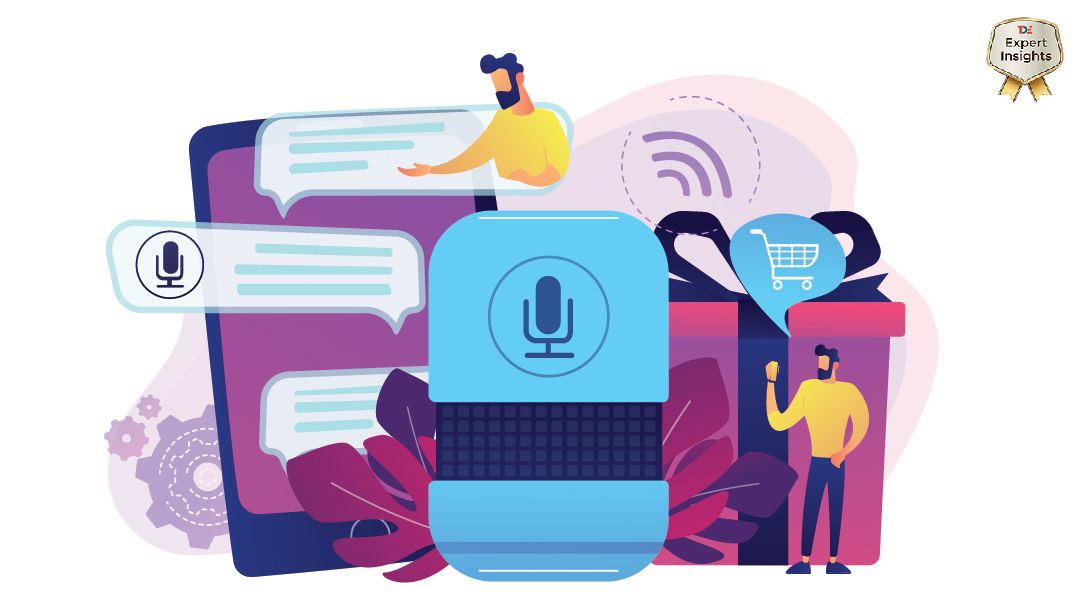Mobility: The Future of Education

At a time when we are gradually shifting from physical structures to digital ones, the significant role that mobility is assuming in our lives comes as no surprise. The ‘mobile’ revolution is on the verge of extensive adoption. One area where the potential for transformation is perhaps greatest is the education sector.
The advent of mobility solutions is considerably transforming the way schools and colleges impart knowledge. When it comes to education, the confines of a physical structure have long been a topic of debate. Now, with the help of mobile technologies, the classroom is transforming into a universally available knowledge bank. The use of mobile devices, networks, and applications holds the potential to benefit teachers and students alike.
Only about a decade ago, students heavily depended on classroom presence for interaction with educators. That is no longer the case today. The adoption of mobile technologies is enabling students to overcome the barriers of the traditional classroom. Students now have a constant connection with their teachers, peers, and authorities while institutes have a better way to guide and monitor their teaching tools. A recent survey revealed that 75% of responding students felt mobile devices enhanced their learning process as compared to traditional methods.
Education On-the-go
By leveraging the availability of information through mobile apps, the standard classroom has overcome the limitations of four walls and a blackboard. Educational institutes are able to provide students with extensive learning opportunities through online lectures and study material. The efficiency of these apps are opening up previously unexplored avenues of learning. By using mobile learning solutions schools and universities are capable of monitoring and carrying out effective knowledge transferring activities while having direct contact with each individual.
And it is not just institutes that are making the most of these opportunities. Students are increasingly benefiting from the possibilities that mobility brings to the table. With trends like “bring your own device (BYOD)” and “bring your own access (BYOA)”, the instance of missed lessons are nearly eliminated. One of the most impactful aspect of mobility is the high level of communication. By encouraging students to learn through their mobile devices, not only are they provided constant access to course material but also the chance to collaborate more efficiently on team projects.
One of the most exciting prospects presented through the adoption of mobile technologies in education is crowdsourcing. Crowdsourcing in education not only helps improve the overall learning process but also innovate the way students and teachers interact. However, it is the faculty that stands to benefit most from this. By sharing lesson plans amongst their colleagues and peers, teachers can identify a specific challenge area as well as develop new methods of knowledge transfer. Students on the other hand, can leverage crowdsourcing services to work in groups on lessons. While this increases the chances of successful learning of a subject, it also improves students’ capability to work as a team.
The incorporation of premium technologies in the classroom is another aspect of mobility in the education sector. Implementing Augmented and Virtual Reality (AR/VR) in the learning process is one such instance. AR/VR tools and applications are creating an exciting experiential learning environment that is open to perception of the individual student. For teachers, the use of AR for immersive learning means presenting a lesson to student like never before.
Shaping the Workforce of Tomorrow
Students are the future workforce. And with more organizations—prospective employers—moving towards a mobile work culture, familiarity with such an environment can greatly help students adapt to the workplace. Mobility can, therefore, prepare the next generation of the workforce to garner the necessary operational skills.
With various possibilities like Industry 4.0 on the horizon, the role of mobility will become more significant than ever. But more importantly, the constantly evolving technologies will result in the creation of various cross-functional roles that will need both technical as well as socio-analytical skills. This is perhaps the most important role that mobility will play in education. By breaking down siloed knowledge transfer methods and promoting cross-disciplinary learnings, mobility can create the talent needed for such roles.
A Final Note
The world around us is changing. It is only natural, then, that education and its methods evolve to better suit the need of the hour. Mobility is not only helping educational institutions break down the barriers of learning, but also reach students who are unable to attend an institute. With the chance to create a uniformly distributed knowledge transferring platform, mobility is sure to have a promising future in the education sector.


 By
By 








